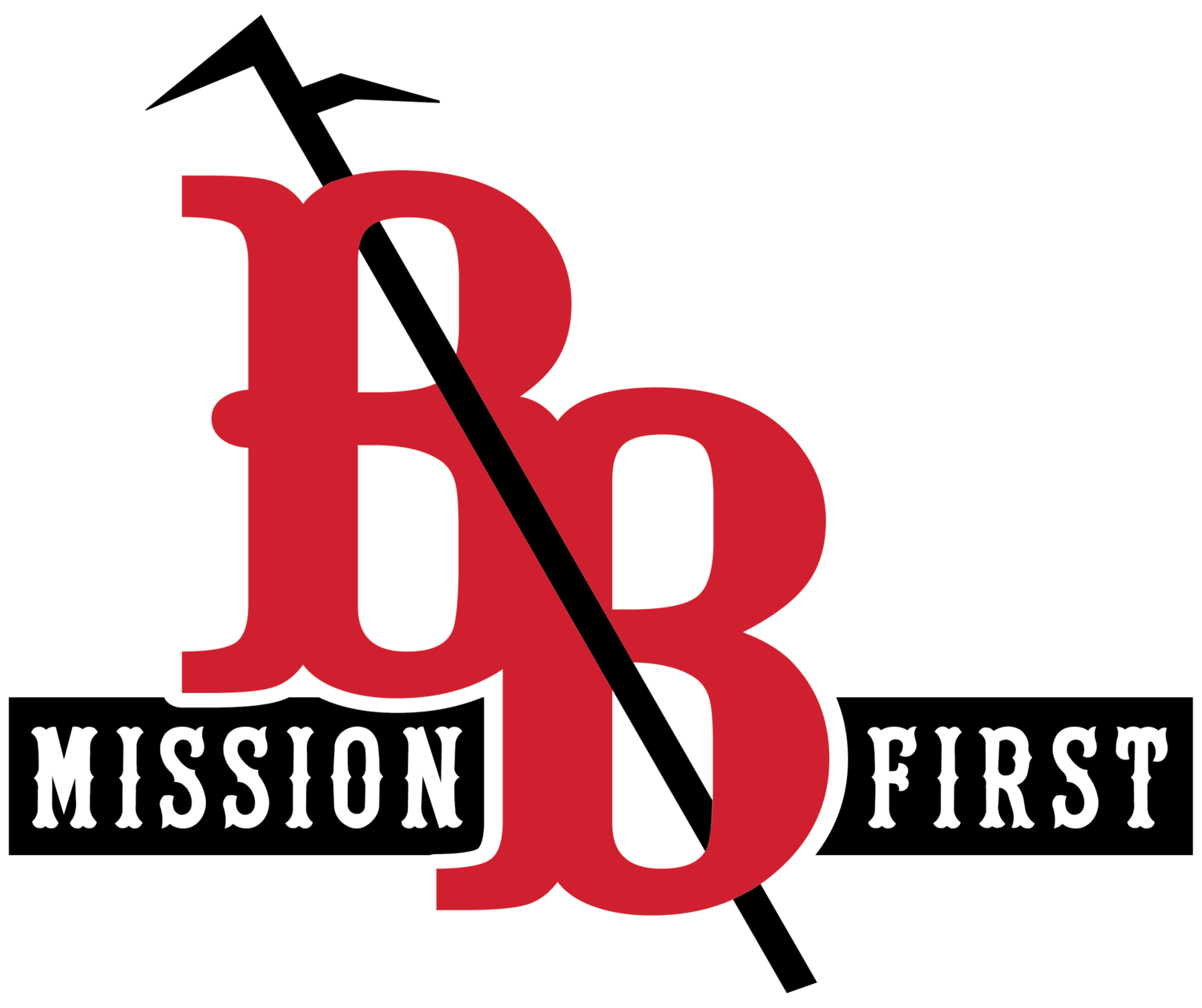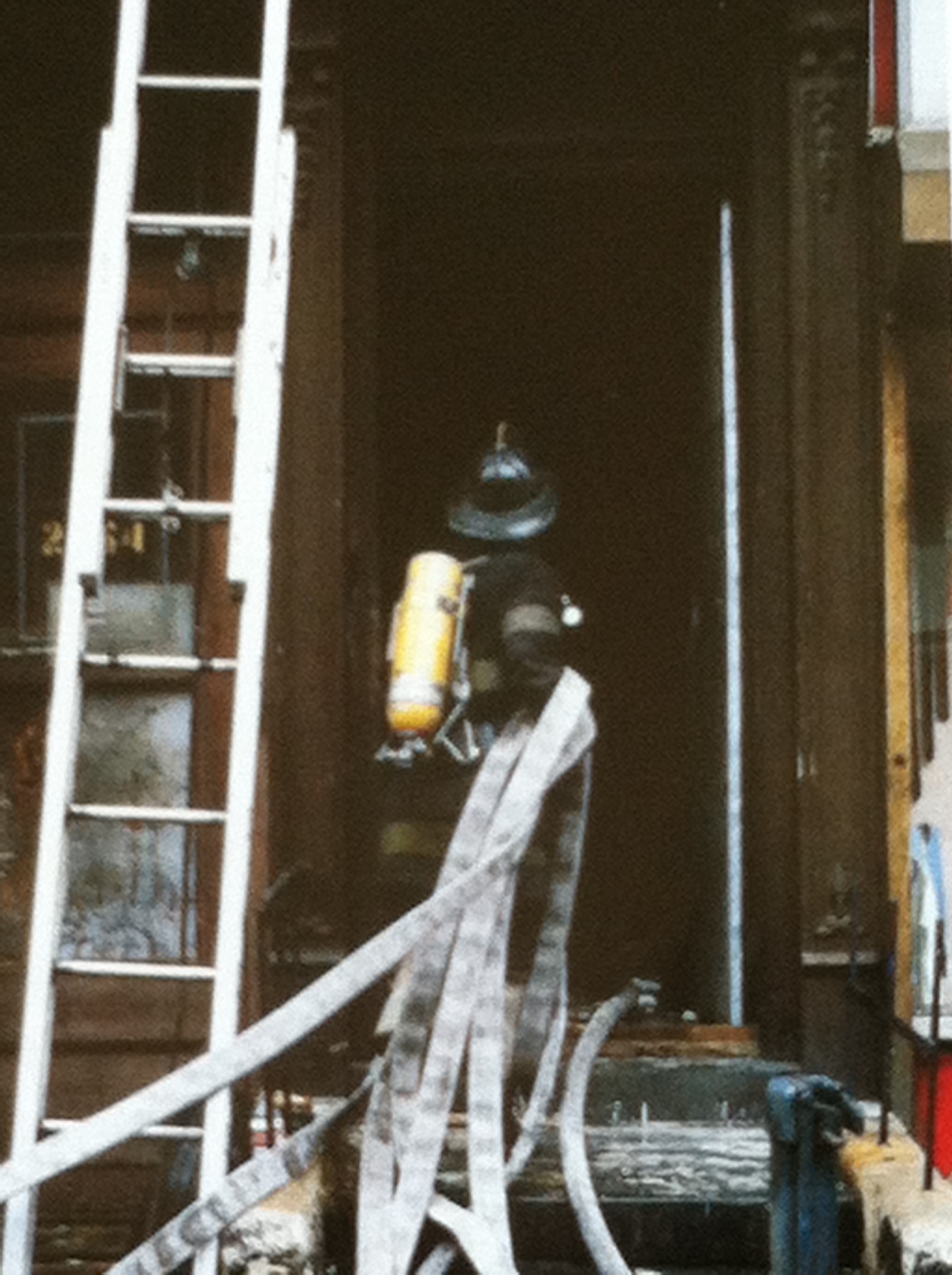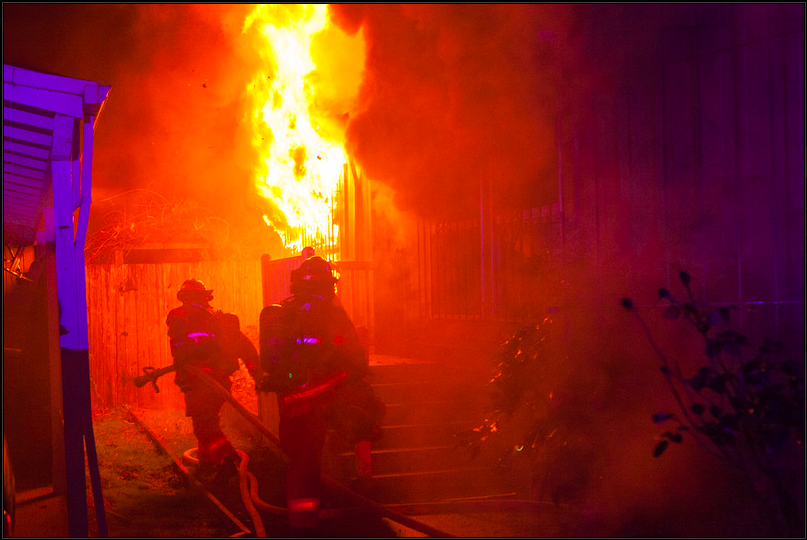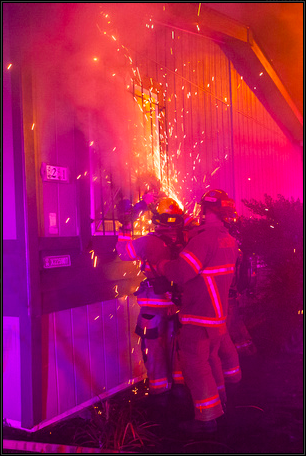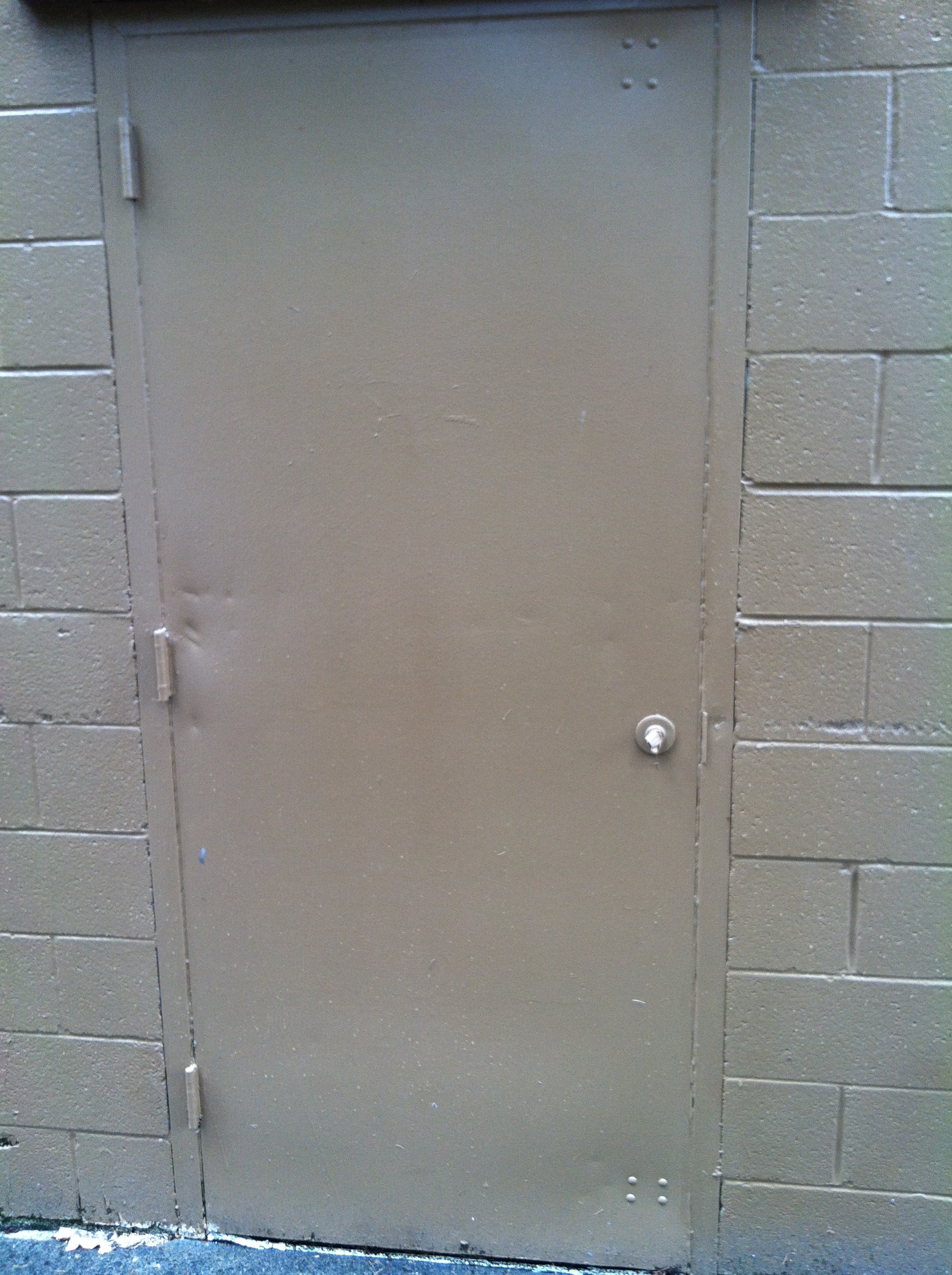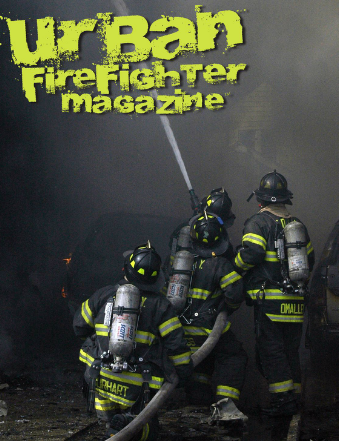Do You Follow The Rules For Hoseline Placement ?
All members must realize the importance of the first line stretched and put into operation. It is widely stated that more lives are saved by the proper positioning and operating of hose lines than by all other life saving techniques performed by Firefighters.

Although it is good practice to attack a fire from the unburned side, it is not a rule. You see studies show most victims are found trying to exit there primary means of egress. Bypassing the main entrance to begin your fire attack from the rear in order to push it out the front for example, often delays placing hoselines between the victims, stairways, hallways and the fire. Occupants often exit through the primary entrance when attempting to escape; so Firefighters should consider this when stretching the first line.
First you must learn the rules inside and out, you may not fully understand why it's a rule; but when faced with the decision to follow or break the rule your good habits and judgement will error on the side of following the rules. Secondly you must know and understand the consequences for breaking the rules. Aren't rules meant to be broken ? I would say you better have a damn good reason if you're going to break one of the rules for hose line placement, it could be a life or death decision.
To follow the rules requires calmness and company discipline, it's very important not to come under the influence of "Moth To The Flame Syndrome" or let screaming bystanders sway you into improper line placement. You're the professional so act like it, remain calm, slow down your step and take time to make time, size up the situation, and apply the rules for hoseline placement. Do not let fear of the second due engine beating you in and stealing your line stop you from taking the time to properly perform a size up and place the first line correctly. They should stay disciplined to second due engine responsibilities, if not you have permission to handle the situation.
RULES FOR HOSELINE PLACEMENT
FIRST HOSELINE-
The first hoseline should be placed between the fire and any persons endangered by it. This is best accomplished by stretching to and via the primary means of egress such as the front door, main entrance, or main stairway. This tactic will accomplish the following three objectives.
1- Provides a base for controlling and confining the fire.
2- protects primary means of egress, allowing occupants to evacuate via stairs and hallways.
3- Allows members to proceed above the fire for search.
An exception to stretching the first line through the front door, main entrance, or the main stairway may be made when flames are issuing from windows with people in them or flames issuing from windows onto fire escapes with people trying to come down them. In this case the first line may be operated from the yard or street to protect people. A second line should be promptly stretched into the interior of the building. A life hazard visible upon arrival must be addressed, however immediate rescue attempts by the first due engine company without simultaneously stretching and positioning a hoseline should only be attempted in extreme situations.
If it's determined there's no life hazard in the building the first line should be placed between the fire and most severe exposure, this isn't always where the fire is likely to spread, this could be to protect the greatest amount of life first, followed by the greatest amount of property.
When protecting an exterior exposure it is best practice to place your line so you can position the stream on both the exposure and the fire. Water should not be operated into windows if crews are working inside, take care to operate around the windows, under eves and against the siding. Applying water directly to the buildings surfaces yields betters results and cools more effectively than using a fog or water curtain between buildings. Contrary to belief a solid stream is an excellent choice for this due to greater reach and penetration of water, this is due to less water being turned into steam due to the radiant and convected heat.
An example of the above scenario would be a fully involved vacant home, with exposure "B" or "2" being a vacant home and exposure "D" or "4" being occupied, the first line could be stretched to protect the life hazard in the occupied exposure "B" or "2".
SECOND HOSELINE-
Unless otherwise ordered, the second hoseline should be placed to back up the first hoseline, but not forgetting that the priority and resources should always be given to ensure that the first line is stretched, charged, and ready for attack prior to the second line being stretched. This tactic is used for the following reasons:
1- To provide a back-up to the first hoseline in case of a burst length or other problem with the first hoseline.
2- To provide a second line to be used simultaneously with the first hoseline if fire conditions warrant it.
3- If the second line is not needed on the fire floor, it can be advanced to the floor above. The second line stretched must consist of sufficient hose to cover the floor above.
THIRD HOSELINE-
Depending on the occupancy and the fire conditions, a third hoseline may be required. Unless otherwise ordered, this line may be stretched to:
1- Become the back-up line if the second line was taken to the floor above, or to the floor above if the second line will remain on the fire floor to back-up the first line.
2- Cover a secondary means of egress.
3- Protect persons trapped on fire escapes or in windows above the fire.
4- Adjoining building to protect exposures or to operate across shafts.
5- To prevent vertical extension.
So do you follow the rules ?
Rescue Mode
The photos below are a rescue by the Gresham (OR) Fire Department. This same fire could happen all over the country, as most cities have areas where window bars are present on commercial and residential buildings. Use this example to ask a few tactical questions: 1) Your engine company is first to arrive, with this person showing at the window, do you go into Rescue Mode? What does this mean for your department? Do you send your crew to the window to begin removal? Do you send your crew through the front door with a line? Do you split your crew and attempt both?
2) Where would your engine crew place the first line in a similar situation? Where would you send the second line?
3) If your truck company was delayed or a saw wouldn't start, what is your next best removal option for window bars? Is your engine equipped to rescue a victim in this situation?
On November 29th, Gresham Fire responded to a residential fire, and arrived to find fire venting from a window in the Bravo/Charlie corner of a one story manufactured home. Window bars were found on all windows and there was a barred security door on the front door. An occupant appeared at a Alpha side window, with smoke rolling over his head and window bars blocking his exit. The man was handed an SCBA mask while the bars were cut. Crews were able to cut the bottom brackets on both sides to hinge the bars up and pull him from the window.
Thanks to Greg Muhr for taking these excellent photos!
Securitech- Trident Multi-Point Exit Lock
Here's a new type of aftermarket lock system being installed on commercial doors that still meets fire codes for rapid egress. While this door looks formidable, a well trained FF with a set of Irons should be able to gain access fairly rapidly.
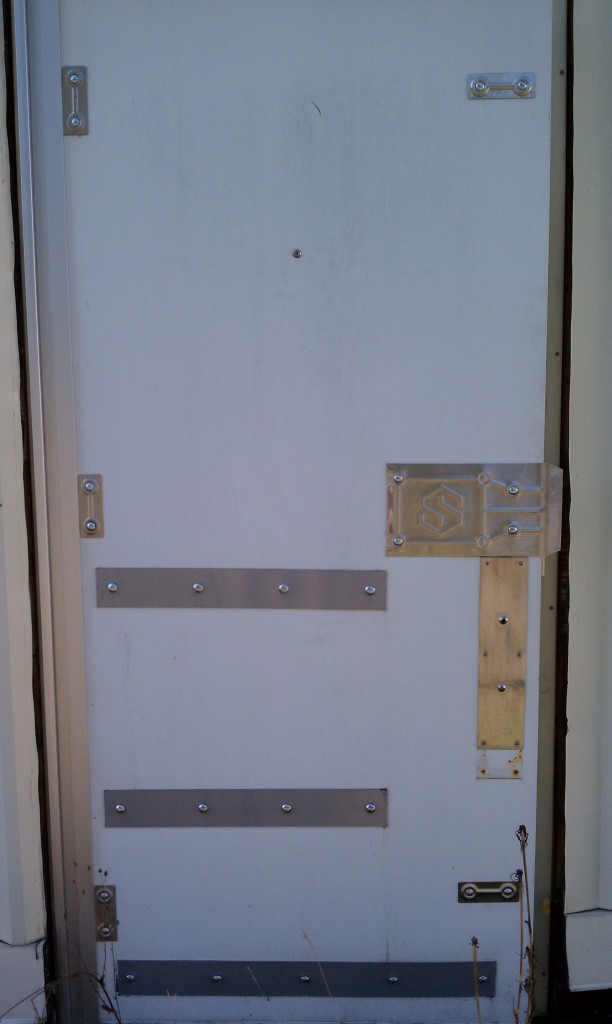
Exterior Image of system mounted on a door, the three horizontal strips with bolt heads are not part of the Trident system.
Descriptive points
- Instant self-locking deadbolt protection each time the door closes
- 4 point locking (the door above has 6)
- Stainless steel anti-pry plate
- Stainless steel thru-bolt plates
- Hinge side locking bolt/s protrude from door into the frame, these do not retract
- Pushing the panic paddle retracts the deadbolts on the lock side
Interior image of the system
Forcing This Door
Start conventionally on the lock side with the Adz end slightly above or below the center pry plate, gap/crush the door and gain access to the backside of the door, place the Adz behind the door, begin prying out, capture the progress and identify where the resistance is coming from, move to the top where the bolt is and repeat the process, move to the bottom bolt and repeat as well. The door should go. Don't get side tracked by attacking the hinge side bolts, they will pull out of the frame when you open the door conventionally.
Check out this video on the Trident system from Securitech.
http://www.youtube.com/watch?feature=player_embedded&v=jTCzvCavtBI
The List
One day, a Fireman from Engine 48 in the Bronx decided to come up with a list of Engine Company basics; to be used as a punch list for training, classes, after-fire critiques at the back step, etc. His name was Andy. Over the years, Andy and his good friend (and ours) John, another great from Engine 48 who went on to become one of the FDNY’s best Engine Officers, continued to add to the list.

In September 1995, Andy wrote the seminal article, “Return of the Solid Stream” (Fire Engineering) that shook the fire service’s very foundation and caused us to actually take a look at the nozzles we were using for years; and more importantly, what they actually did for (to) us. His later works included the two-part epic “Stretching and Advancing Handlines Part I and II” (Fire Engineering) and many articles in Fire Nuggets; and Andy solidified himself as the most prolific author and academic on Engine Company operations. More importantly, at a time when everyone was writing and focusing on the Truck, Andy made it cool to be on the Engine again; and brought the mission of the Engine out of academic obscurity to the forefront of our operational focus. Although Andy is no longer with us, his work always will be. I am very fortunate to have the opportunity to spread Andy’s message with those he brought together, and I hope you all will continue his work too. We owe it to him and the job.
Recently, John was looking through some old folders the other day and found some overheads of Andy’s (their) original list. He mentioned that it would be a great idea to pass it on to you all; and have us all add to the list and or discuss the individual points (basics). Many of you may recognize the points on the list and some of you may not. Regardless, these basics apply as much today as they did when they were written. Please add your thoughts, additions, discussion, etc. in the comments section of this post….Thanks John, for giving us “The List:”
Engine Company Basics
- More lives are saved at fires by a properly positioned hoseline, than by any other life saving techniques available to firefighting.
- The fire “goes as the first line “goes”. All efforts should be concentrated on stretching, charging and operating the first line. Don’t be consumed stretching the back-up line until the first line is stretched and operating unless you have the manpower to perform both functions.
- Do not become overly reliant on pre-connected lines. You must prepare and train for the fire that can’t be reached by a pre-connected line. You must be capable of extending a line that will not reach the objective.
- Select the proper size line for the job at hand. “Little fire, little hose”. “Big fire, big hose”. Don’t be afraid of the 2 ½” line. With the proper nozzle (smooth bore) and proper pump pressure this line can be managed even in understaffed departments.
- Do not “pull and pile” the hose – stretch the line correctly.
- Do not enter the fire area with an uncharged line. In private dwellings (1 and 2 story homes) the line should be stretched and flaked out in front of the building, than charged before entering.
- Bleed the air from the line prior to advance.
- All members should be on the same side of the line
- Back-up must lend physical support to resist nozzle reaction and allow nozzle firefighter to operate freely.
- Do not crowd the nozzle
- “Wait until you see fire and don’t open up on smoke” does not apply in the fire environment today. Plastics and energy efficient windows have changed the fire environment. If you are wear you gear properly, full bunkers with hood, you cannot use heat as the indicator to open the nozzle. Once you feel heat through the gear it is too late. The next thing you might see in your facepiece is orange because the room just flashed! If the smoke is dark and angry (swirling around in front of your facepiece) open the line to cool off the ceiling.
- Stream should be directed “out in front and overhead”. Water should be deflected off the ceiling and upper walls. The deflected water will:
- cover a greater area - cool superheated combustible gases at the ceiling level - prevent rollover of fire overhead - prevent the development of flashover
- Sweep the floor as you advance to prevent knee burns. NYC has seen an increase in burns from scalding water which enters the leg opening in the pants which forms when you kneel.
- Once the line is advancing, keep moving toward the seat of the fire, but don’t push the nozzleman faster than he wants to go.
- Let the reach and penetrating power of the stream do the work, especially in large area buildings or when several rooms are involved.
- Ensure adequate ventilation to assist with extinguishment
9/11/01 NEVER FORGET!!!!!
September 11th has come and gone, How do we ensure all those lives worn't lost for nothing and only remembered and honored on that day. By sharing there stories and there legacy they left for us on a daily basis. I encourage all of you to print this list out, share it around the kitchen table, add to it and hang it in the firehouse someplace where it is visible on a daily basis. I will never forget Andy Fredericks.
Thanks to midwestfirefighter for posting this list.
Urban Firefighter Magazine
Are you reading Urban Firefighter yet? This online magazine is published by renowned FDNY Lieutenant Ray McCormack and Erich Roden, a Milwaukee (WI) Battalion Chief. Here are some article links for the most recent issue:
Peak Performance: A veteran Milwaukee truckman profiles six styles of single-family homes
